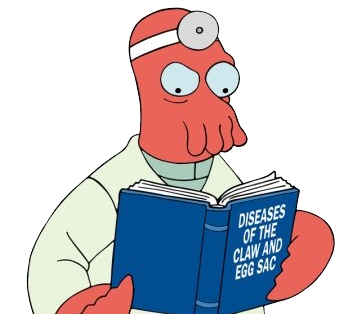So far there is a serious shortage of scientific papers demonstrating harm from microplastics. This paper attempts to make such a demonstration, but it does so by using extremely high concentrations, far beyond what could be achieved naturally.
While the concentration of plastic used in these solutions was higher than what a baby would be exposed to by eating from a microwaved food jar in real life
This popsci article briefly touches on this, but if you read the research paper, they actually used concentrations that were orders of magnitude higher. So high, in fact, that cell death would also occur with many inert and safe substances at these concentrations.
It’s very concerning that we’re exposing ourselves to this stuff without fully understanding it. But alarmist papers like this are unproductive at best. At worst, they lead to alert fatigue in consumers, in the vein of “this product is known to the state of California to cause cancer.”
Really solid reply, thanks.
Microwaving plastic releases microplastics and nanoplastics that some researchers consider harmful.
Saved you a click.
Anyone have a copy of the article? Paywall
A big issue is that we’re still quite limited when it comes to analytical methods for quantifying and classifying microplastics. I’ve seen a method from ASTM from like 2020 referenced once or twice, but the most telling one is that EPA doesn’t have one for drinking water yet. I know PFAS for example seems like a recent hot topic, but Method 537 dates back to to 2009 and UCMR3 (even if Method 533 is much more recent). Until we get a consensus on what exactly microplastic is and isn’t and a consistent way to put a number on it, we’re not really generating high quality data.



